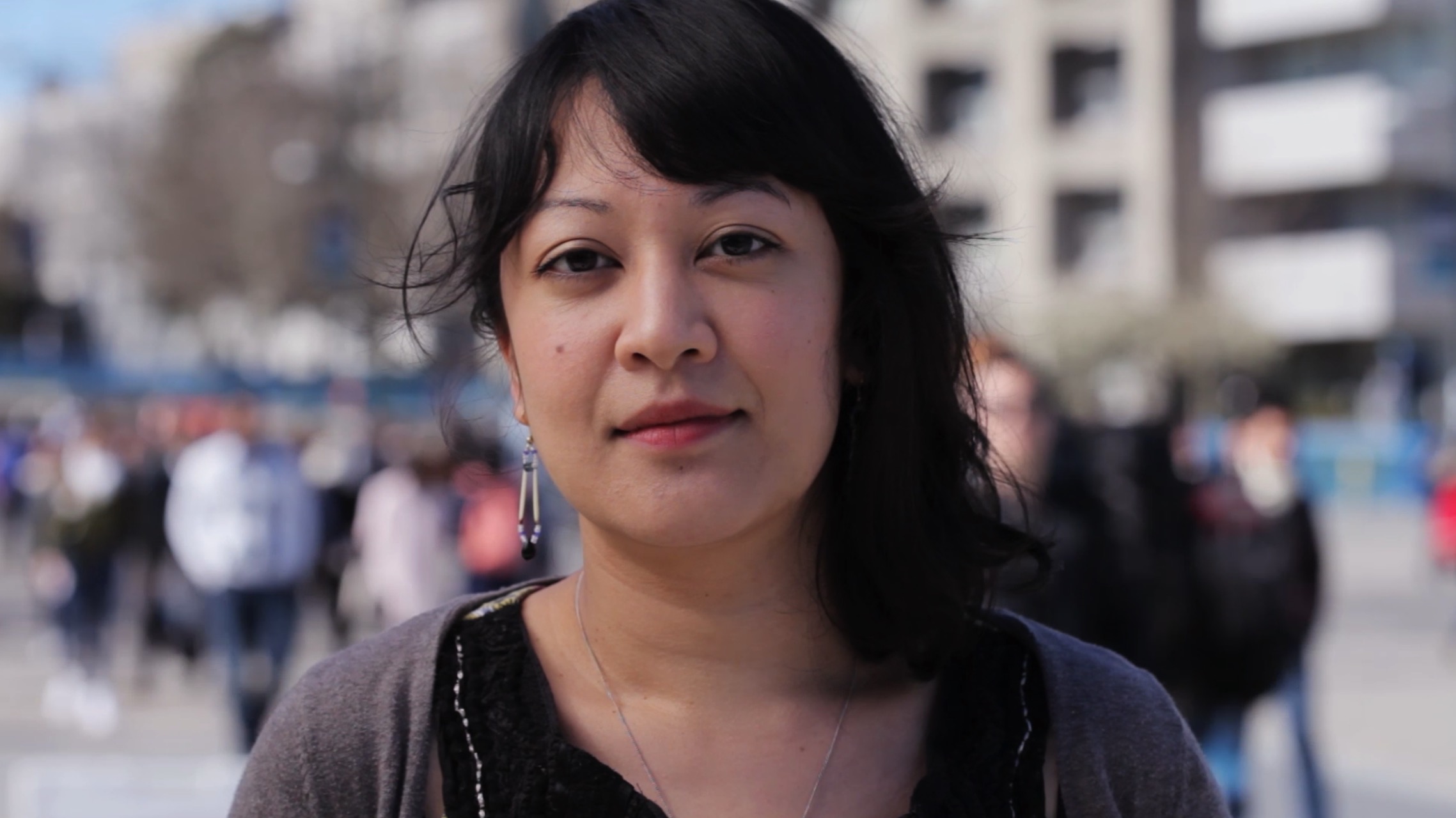On January 27th, 2016, we participated in Bell’s Let’s Talk day by discussing the three levels of stigma — self, social, and structural. Throughout the day #Stigma123 reigned supreme and became the signature of many events in Canada. Two of these events were our tweetchat and a webinar about these complex, sometimes daunting, yet intriguing concepts. These are inherent themes in CREST.BD’s work, so let me lay some foundation on how we see them in this neck of the woods — and I’ll do so with the help of words already spoken from our #Stigma123 tweetchat.
Self-Stigma
@unsuicide self-stigma is believing you are a devalued member of society because of your #mentalillness #BellLetsTalk #stigma123
— MoodDisordersOntario (@mooddisordersON) January 27, 2016
This is one example of an answer you can find during CREST.BD tweetchats. Defining self, social, or structural stigma is an intricate procedure and it is an ongoing conversation. I admit this post is a bit of a tease in that way, but only in the sense that there’s a lot to say and a lot that will be said. I intend this post as an introduction — rather, an invitation to explore and tackle the three levels of stigma with us.
Social Stigma
Challenges of social stigma: damaged relationships/employment/housing/opportunities and pressure to stay “closeted” #Stigma123 #BellLetsTalk
— CanadianBipolarAssoc (@BipolarCanada) January 27, 2016
Defining stigma isn’t just about what it is, but what it does. It’s why we value the range of expertise that we want in our research, because tackling these three levels means engaging different people from different backgrounds so we get the big/highest resolution picture.
Structural Stigma
A3: Structural #stigma = rules/policies/procedures of social inst’s that restrict rights/ opportunities – Corrigan #BellLetsTalk#Stigma123
— Erin Michalak (@erin_michalak) January 27, 2016
While it’s unfortunate that stigma is pervasive in society to different degrees, that doesn’t mean there’s nothing we can do about it. There are lots of opportunities with different degrees of involvement: Whether it’s engaging in research initiatives, speaking up about your own experiences, or just challenging hurtful language, there’s always something you can do.
To learn more about these three layers, check out the webinar we presented on Bell Let’s Talk day 2016:





[…] differently from physical illness. Research indicates that stigma occurs on three different levels: self-stigma, social stigma, and structural stigma. Often, an individual will experience all three levels of stigma over the course of their illness […]
[…] via CrestBD […]